Search
Search Results

Image
Greek and Phoenician Colonization
Both the ancient Greeks and Phoenicians extensively colonized vast areas of Europe, along the Mediterranean and Black Sea coasts. In doing so, they spread their culture, which strongly influenced the local tribes. For the Greeks, this is...

Image
Greek Philosophers
Artist's impression of ancient Greek philosophers discussing ideas. Created by Amplitude Studios for the video game Humankind.
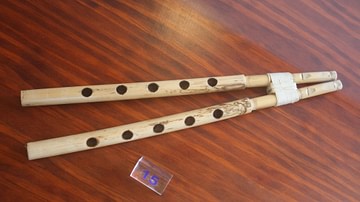
Image
Greek Double Aulos
The ancient Greek double aulos (diaulos) consisted of two pipes (auloi) attached at the mouthpiece and sometimes held in place with a leather strap (forveia) to the player's face. The pipes could be of equal length or unequal, the latter...

Image
Greek Vase Painting of an Artist at Work
Red-figure vase depicting an artist painting a statue of Hercules, identified by his club and lion-skin cape. Greek and Roman statues were frequently painted in Antiquity, to impart a more impressive and life-like appearance. Images of artists...
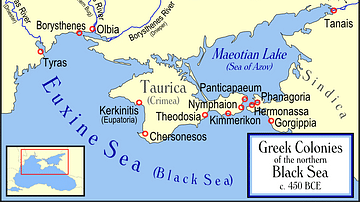
Image
Greek Colonies of the Northern Black Sea
Map showing Ancient Greek colonies on the northern coast of the Black Sea, c. 450 BC.
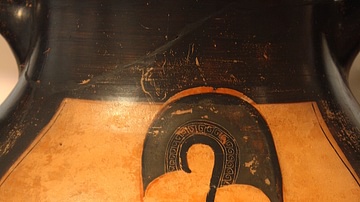
Image
Greek Helmet with Myrtle Leaves
A depiction of a Greek Corinthian helmet with myrtle leaves. From an Attic black-figure pottery vessel from Phalero, 575-550 BCE. (National Archaeological Museum, Athens)
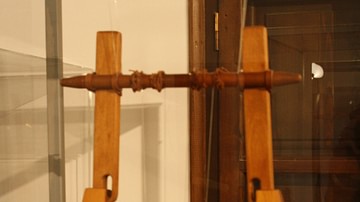
Image
Ancient Greek Forminx
A reconstruction of the forminx, a stringed instrument which was played to a singing accompaniment. (Museum of Ancient Greek Musical Instruments, Katakolon, Greece).
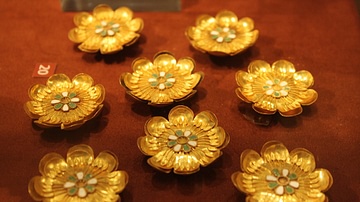
Image
Gold Rosettes for Ancient Greek Clothing
Gold and enamel rosettes used to decorate ancient Greek clothing. 4th century BCE.(National Archaeological Museum, Athens)
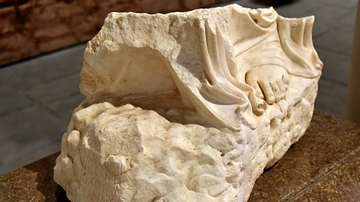
Image
Greek Artist's Signature
The sculptor's signature, written in Greek, can be seen on the base (left) of this marble statue. The text reads "Antoninus Alexandreus, son of Antiochos, made this by himself". The statue may be of Apollo or a muse. The name Antoninus Alexandreus...
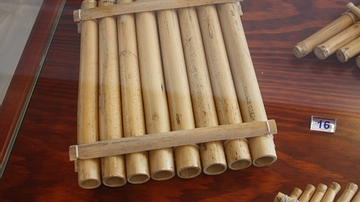
Image
Ancient Greek Panpipes
A modern reproduction of the most common form of panpipes played by the ancient Greeks (Museum of Ancient Greek Musical Instruments, Katakolon, Greece).